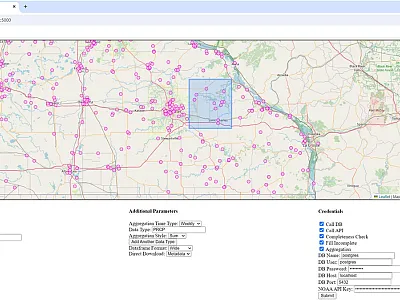Outcomes of Oil Spill Remediation Using Thermal Desorption

Energy development in the northern Great Plains increases risk of petroleum product spills on agricultural land. Remediation strategies to remove petroleum hydrocarbons quickly and safely are critical to return the land to agricultural use. Thermal desorption, a technique involving heating the soil to 350°C, reliably reduces hydrocarbon concentrations. However, knowledge on reusing remediated soil for agricultural production is limited.
Researchers investigated a range of soil and plant responses to thermal desorption after a large oil spill near Tioga, ND. They synthesized public reports and presentations, technical talks, and peer‐reviewed publications from this research to highlight outcomes and identify remaining knowledge gaps at the conclusion of the project.
The team found that thermal desorption and the associated soil disturbance decreased soil function and plant production, primarily due to losses of soil organic matter and diminished microbial communities. However, blending remediated soil with topsoil minimized these effects during the first growing season, and recovery of soil function continued over the course of the project.
This synthesis provides an accessible, comprehensive source of critical information to land managers and officials in the region grappling with soil remediation and reclamation.
Adapted from
O’Brien, P.L., DeSutter, T.M., Casey, F.X.M., Wick, A., Bartsch, Z.J., Croat, S.J., & Struffert, S. (2024). Oil spill soil remediation using thermal desorption: Project synthesis and outcomes. Agrosystems, Geosciences & Environment, e20463. https://doi.org/10.1002/agg2.20463
Text © . The authors. CC BY-NC-ND 4.0. Except where otherwise noted, images are subject to copyright. Any reuse without express permission from the copyright owner is prohibited.







